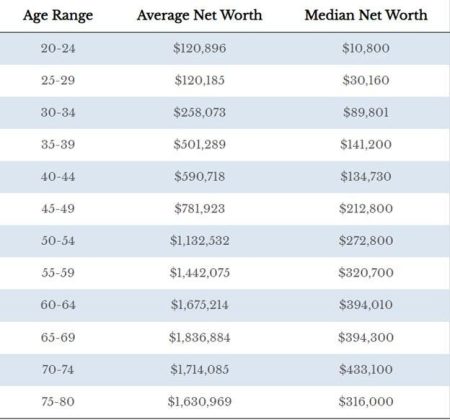With many companies reporting earnings, the headline earnings decline moderated. The S&P 500 rose by 1% for the week. This week will be the busiest of this earnings season, with 170 companies reporting, including Berkshire Hathaway
BRK.B
At the halfway point in the reporting season, blended earnings, which combine actual with estimates of companies yet to report, remain worse than forecasts at the end of the quarter. The consumer discretionary sector is expected to post the highest year-over-year growth rate at 36.1%. This increase is primarily due to Amazon.com (AMZN), which had a loss in the second quarter of 2022 but is expected to report a profit for the same period this year.
The over 30% year-over-year decrease in the average oil price for the quarter has caused expectations for year-over-year earnings and revenues for the energy industry to have the most significant decline of any sector. Expectations for the energy sector fell further this week, with Chevron
CVX
CVX
Warren Buffett has remained upbeat on the sector as regulatory filings showed that Berkshire Hathaway (BRKA, BRKB) bought more Occidental Petroleum
OXY
So far, the blended earnings performance has underperformed expectations at the end of the quarter. Combining actual results with consensus estimates for companies yet to report, the blended earnings growth rate for the quarter is at -7.3% year-over-year, behind the expectation of -6.8% at the end of the quarter but improved sharply this week.
Nine of the eleven sectors saw their blended earnings estimates rise over the previous week. While multiple sectors led to the improvement in the headline results, the communications services and technology sectors were the most significant contributors to the improvement in the headline earnings, according to FactSet. The communication services results were driven primarily by Alphabet (GOOGL) and Comcast
CMCSA
MSFT
INTC
The healthcare sector has been the biggest underperformer this quarter relative to expectations at the start of earnings season. According to FactSet, if Merck (MRK), Pfizer
PFE
Outside of earnings season, last week’s U.S. GDP report added to evidence that the short-term probability of a recession is very low. Second-quarter economic growth accelerated to 2.4% annualized from 2% in the first quarter. The all-important U.S. consumer was solid, while housing and exports trimmed the gain for the quarter.
It was also the case that the details were at least equally supportive of the soft landing thesis for the economy. Another measure of economic activity, final sales to private domestic purchasers, strips out the impacts of trade, inventories, and government spending. This adjustment does a better job of measuring the activity of the U.S. private sector than the standard GDP. The pace of economic growth slowed from the first quarter by this measure but retained significant momentum.
Lastly, the inflation component of GDP moderated and only rose at a 2.2% annualized rate. Annualized Core PCE, an inflation measure excluding food and energy, improved but remained at 3.8%. This week the July jobs report on Friday will be the main focus. Even as the inflation readings have moderated, the robust economic growth could lead to concern that inflation can’t possibly continue on its improving path. In any case, the labor market will remain a primary driver for markets aside from earnings.
Given the results from the significant number of reports last week, the busiest week of earnings season should continue the trend of outperforming consensus estimates. The solid U.S. GDP and improving inflation increase the probability that the consensus is correct that earnings growth should trough this quarter since recession odds have significantly declined in the short term. Worries about the Federal Reserve needing to continue their rate hikes could transition from the current inflation rate to above-trend economic growth. In either case, the July jobs report on Friday should be closely watched.
Read the full article here









